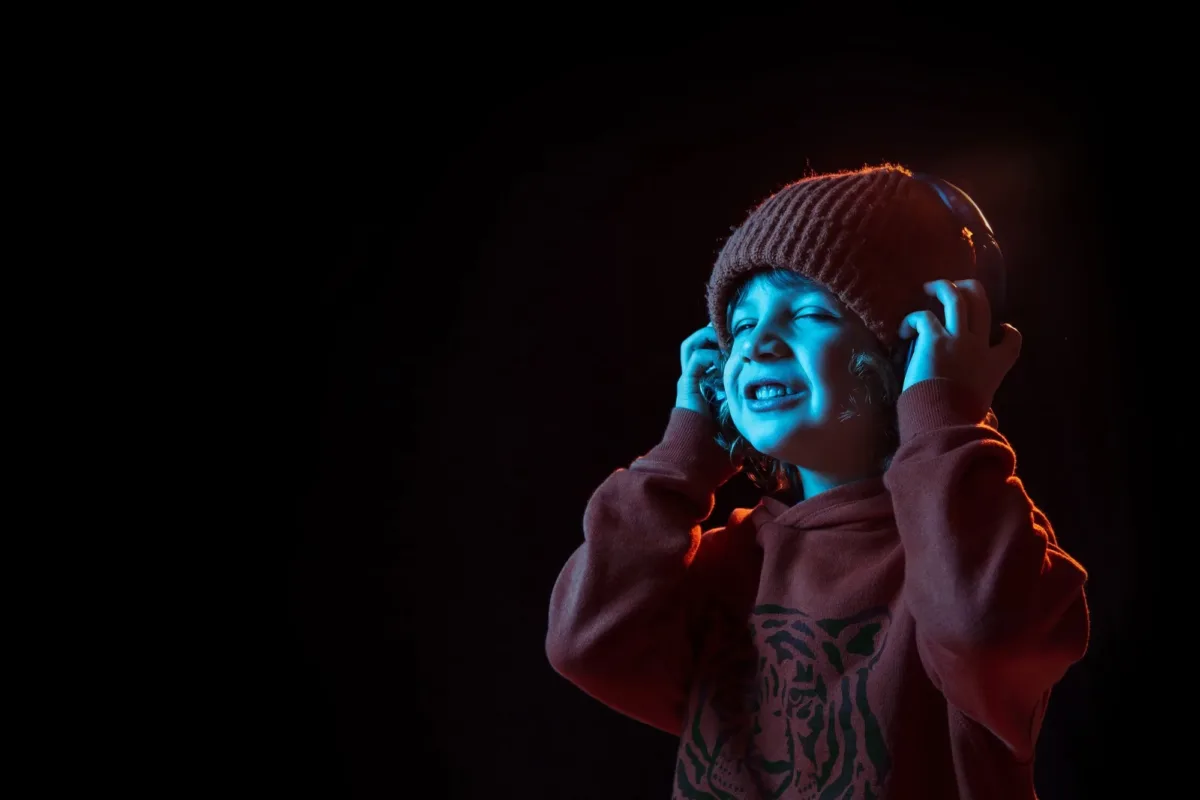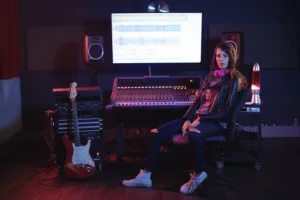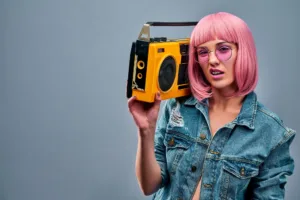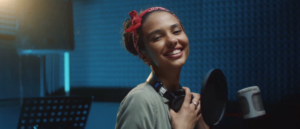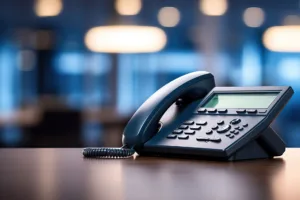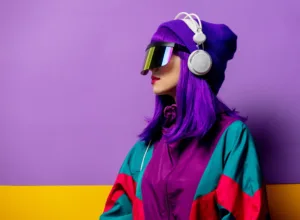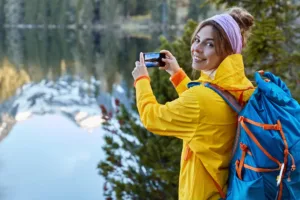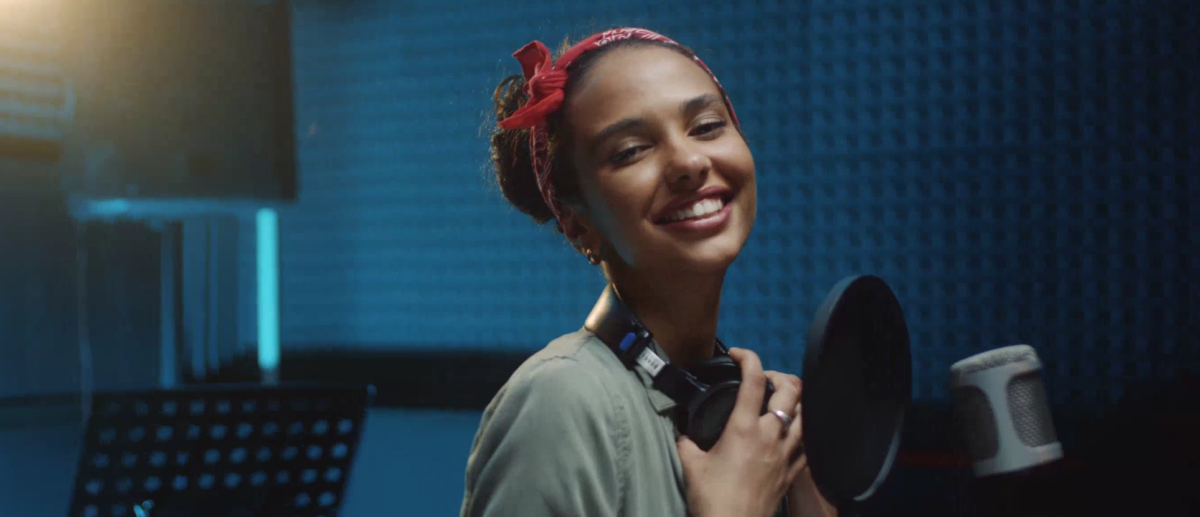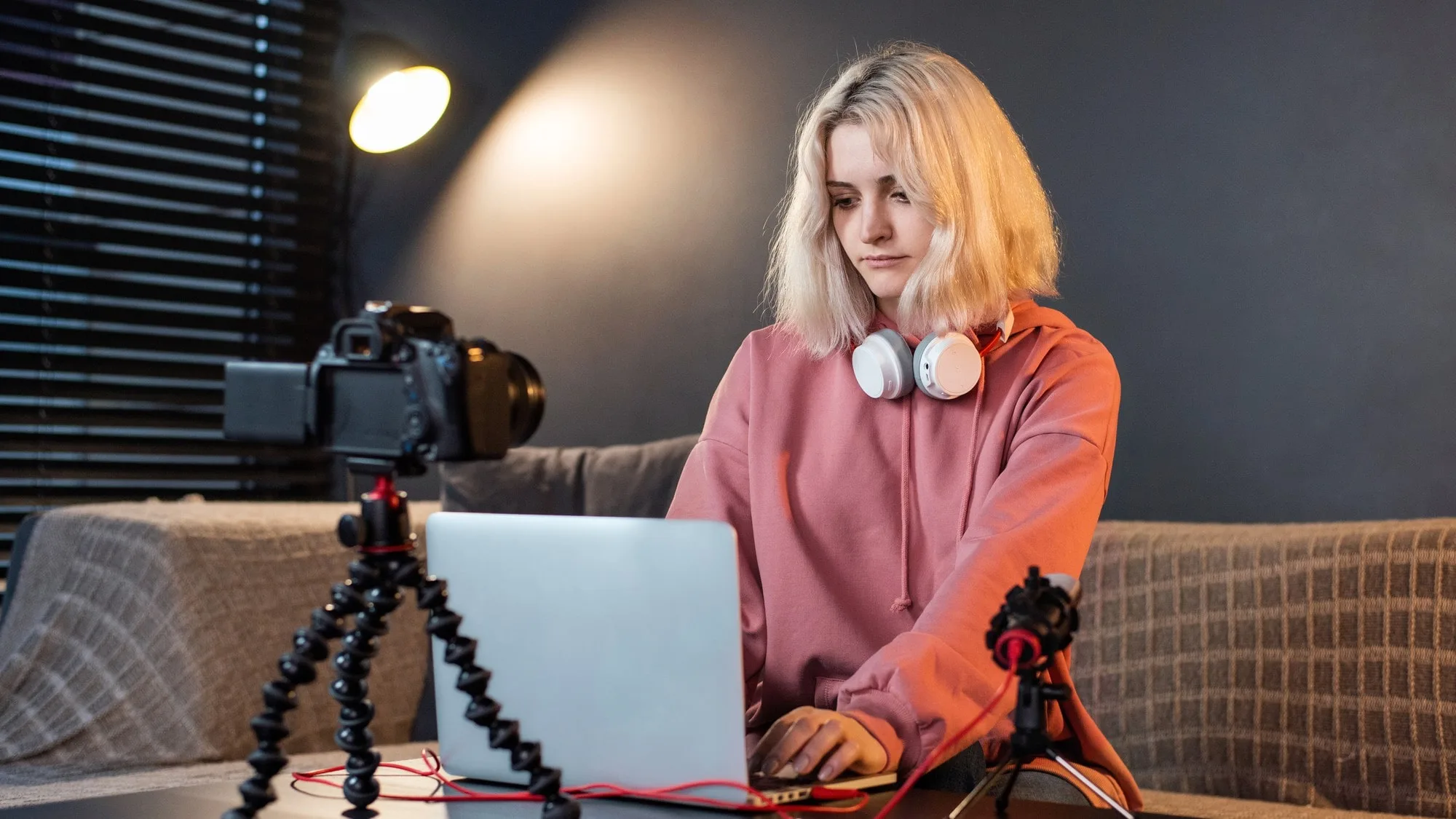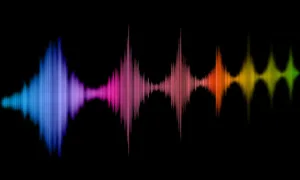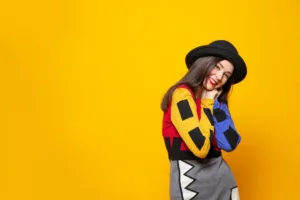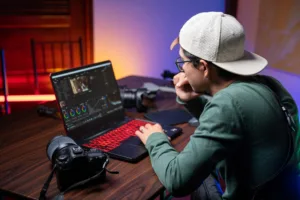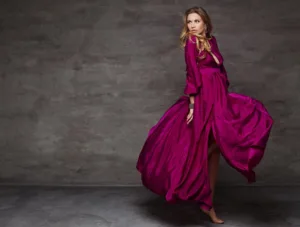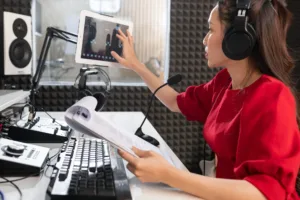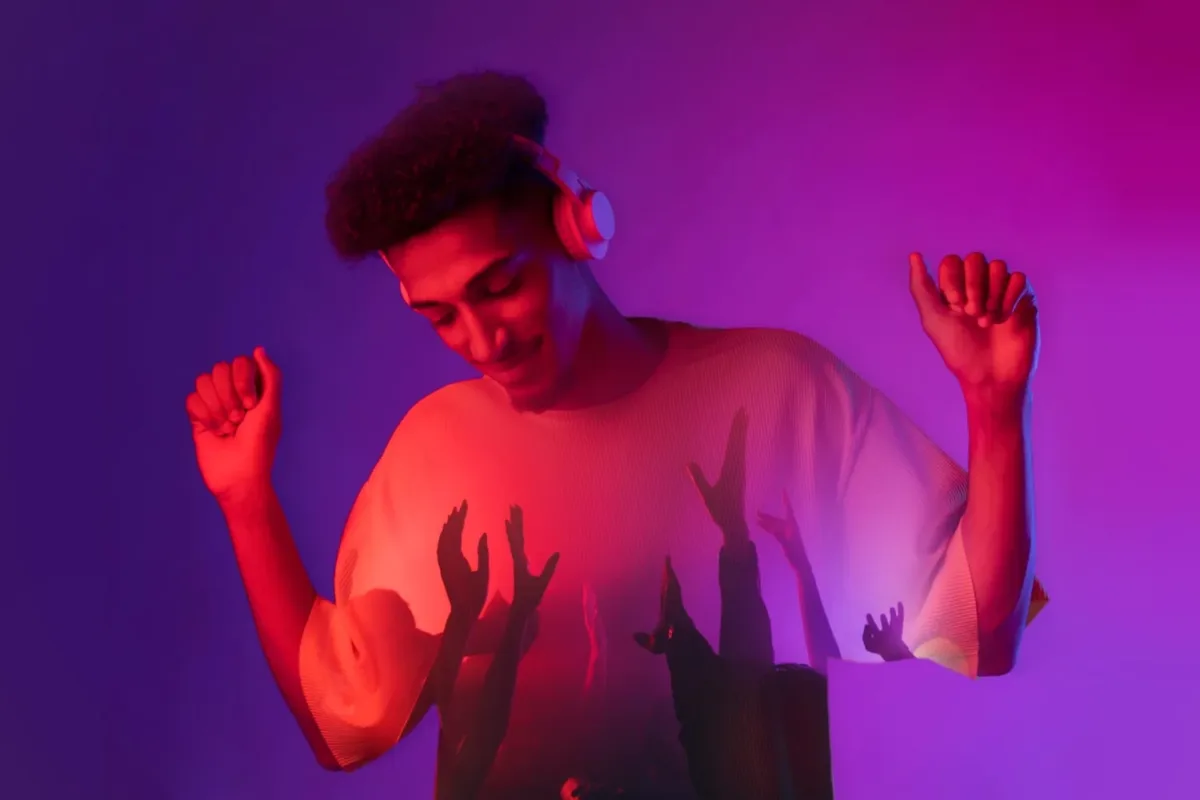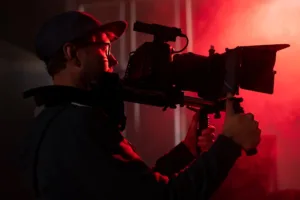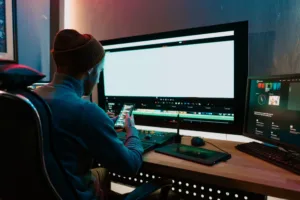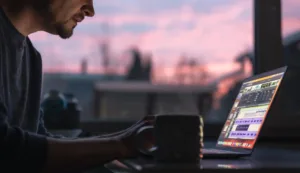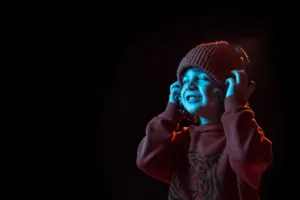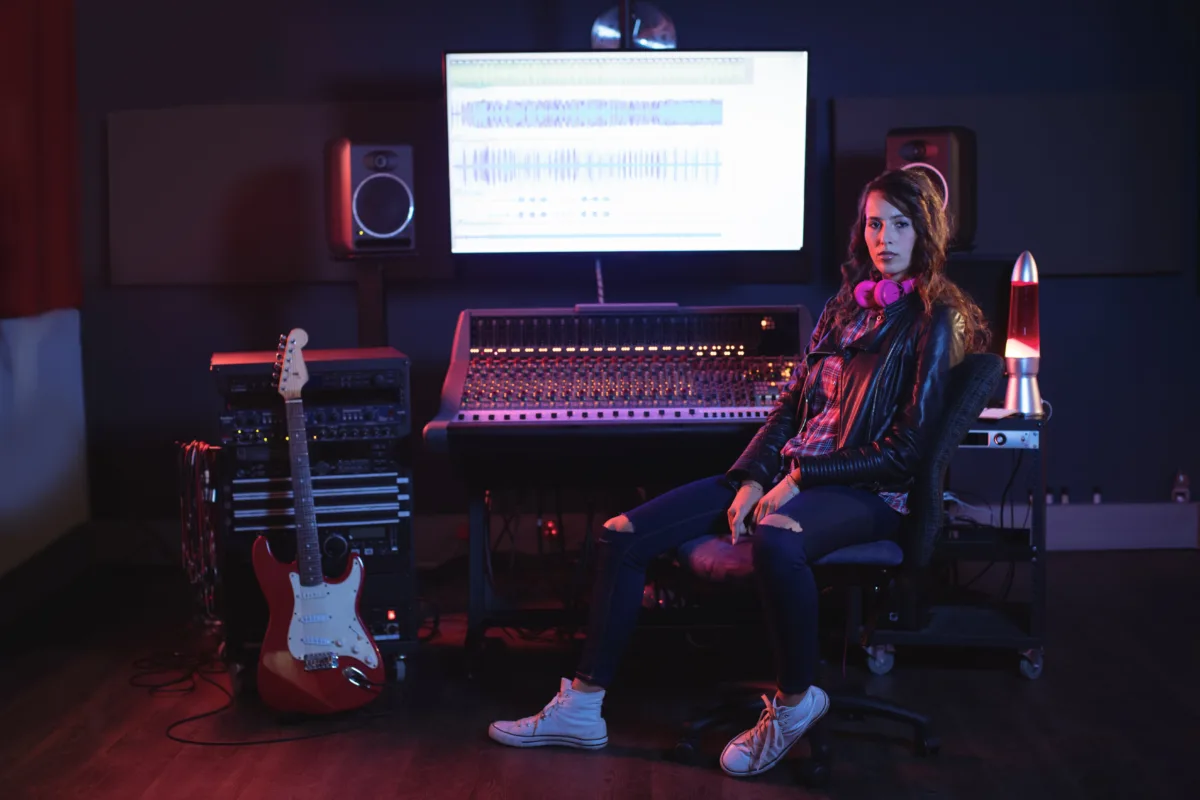How to Choose the Perfect Royalty Free Music.
When it comes to creative projects, selecting the right tune can make all the difference in capturing the audience’s attention and conveying the intended message. With the availability of vast music libraries and royalty free options, creators now have an extensive range of tracks to choose from.
However, finding the perfect royalty free music that complements your project can be a daunting task. In this article, we delve into the art of choosing the ideal tune, exploring essential factors to consider, tips for effective selection, and resources to help you navigate the world of royalty free music with confidence.
Genre and Style.
The genre and style of music play a significant role in capturing the essence of your project. Determine whether your project requires a specific genre such as pop, rock, jazz, or electronic, or if a more general genre would suffice. Additionally, consider the overall style, whether it’s modern, classical, cinematic, or quirky. The genre and style should complement the content and create a cohesive experience for the audience.
Define the Purpose and Emotion.
Before diving into the vast sea of options, it’s crucial to define the purpose and emotional tone of your project. Consider the message you want to convey, the target audience, and the desired emotional response. Is it an uplifting and energetic video or a poignant and reflective podcast? By clearly understanding the purpose and emotion, you can narrow down your search and ensure the chosen music aligns seamlessly with your project’s goals.
Tempo and Energy.
The tempo and energy of the music can greatly influence the pace and mood of your project. Evaluate whether a slow, gentle tempo is needed to create a relaxed atmosphere or if a fast-paced tempo is necessary to match an exciting and energetic sequence. The energy level should align with the intended emotional impact, whether it’s calm and soothing or dynamic and intense.

Instrumentation and Sound Design.
Carefully consider the instrumentation and sound design of the music. Determine whether you prefer acoustic instruments, electronic elements, or a combination of both. Consider the role of specific instruments in conveying the desired mood and texture. For example, a piano might evoke elegance and nostalgia, while a pulsating bassline might add a sense of intensity and energy. The sound design, including effects and production quality, should also align with the overall aesthetic of your project.
Length and Structure.
Take into account the length and structure of the music in relation to your project’s pacing and timing. Determine whether you require a short and impactful track or a longer composition that allows for gradual development. Pay attention to the track’s structure, including intros, verses, choruses, and outros, to ensure it fits seamlessly with your project’s structure and transitions.
Licensing and Usage Rights.
When selecting royalty free music, it’s essential to understand the licensing and usage rights associated with each track. Ensure that the music is truly royalty free and can be used without any legal limitations. Familiarize yourself with the specific terms and conditions, including how and where the music can be used, any attribution requirements, and whether it can be modified or combined with other elements.
Preview and Testing.
Before finalizing your choice, always preview the music within the context of your project. Test how it aligns with the visuals, dialogue, or other audio elements. Pay attention to how the music enhances the intended emotions and narrative flow. Experiment with different tracks to find the one that creates the desired impact and resonates with your audience.
Utilize Royalty Free Music Platforms.
Explore the abundance of royalty free music platforms available, such as TuneCutter, which offer vast libraries of curated tracks. These platforms often provide advanced search filters, genre-specific categories, and recommendations to help streamline the selection process. Take advantage of the user-friendly interfaces and robust search functionalities to easily navigate through the extensive music libraries and find the perfect tune for your project.
Conclusion.
Choosing the perfect royalty free music for your creative projects requires careful consideration and a deep understanding of your project’s purpose, emotions, and desired impact. By defining the purpose, considering genre and style, evaluating tempo and energy, paying attention to instrumentation and sound design, understanding licensing and usage rights, and previewing and testing within the project context, you can confidently select the ideal tune that elevates your project to new heights. With the vast resources and platforms available, such as TuneCutter, exploring the world of royalty free music becomes an exciting and accessible journey. Embrace the power of music and unleash the full potential of your creative projects with the right tune.



